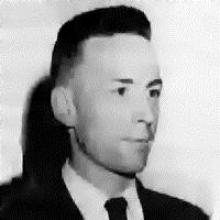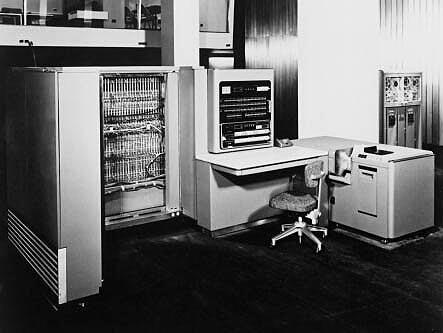 Nathaniel Rochester, the chief architect of the IBM 70, was born on 14 January in 1919. He was awarded a degree in electrical engineering from MIT in 1941, where he worked until 1944. then he moved to Sylvania Electric Products, he would join IBM in 1948.
Nathaniel Rochester, the chief architect of the IBM 70, was born on 14 January in 1919. He was awarded a degree in electrical engineering from MIT in 1941, where he worked until 1944. then he moved to Sylvania Electric Products, he would join IBM in 1948.
Known as the Defense Calculator while in development, this machine was IBM’s very first stored programme computer that was produced in quantities and was commercially available, although it was intended to meet scientific needs in the first place. The machine had cathode-ray tube (electrostatic) memory with magnetic drum and magnetic tape memory units. The main memory consisted of vacuum tubes that were 3 inches in diameter.
One tube had a capacity of 1024 bits, while the memory consisting of 72 tubes could store 2048 words of 36 bits. Words could be read from the memory not bit by bit but as whole words. It could perform 2 thousand multiplication operations per second.
Announced in 1952 and publicly shown a year later, the IBM 701 designed for scientific calculations was developed in a record time of two years only. This computer (electronic data processing machine in IBM’s jargon) was the first one in the long 700 series: IBM 702, IBM 704, IBM 705 and IBM 709.
Rochester participated in the series of conferences held in 1956 at Dartmouth College, which marked the beginning of artificial intelligence research. Rochester died on 8 June in 2001.


